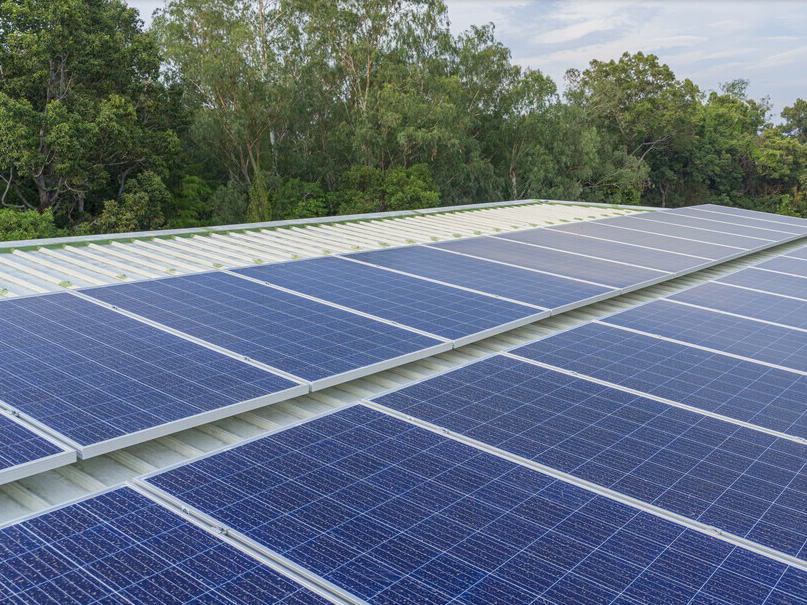Ultra pure water systems in other industries
Ultra pure water is widely used in solar photovoltaics, optical photovoltaics, new energy and new materials LED、PCB、 Industries such as sapphire.
Technical specifications for national electronic grade ultrapure water
|
Project
|
Specification
|
|
EW-I
|
EW-Ⅱ
|
EW-Ⅲ
|
EW-IV
|
|
Resistivity(25℃)/MQ ·cm
|
≥18
(5% of the time not less than 17)
|
≥15
(5% of the time not less than 13)
|
≥12.0
|
≥0.5
|
|
All silicon/(μg/L)
|
≤2
|
≤10
|
≤50
|
≤1000
|
|
Particle count/(pcs/L)
|
0.05μm~0.1μm
|
500
|
-
|
-
|
-
|
|
0.1μm~0.2μm
|
300
|
-
|
-
|
-
|
|
0.2μm~0.3μm
|
50
|
-
|
-
|
-
|
|
0.3μm~0.5μm
|
20
|
-
|
-
|
-
|
|
>0.5μm
|
4
|
-
|
-
|
-
|
|
Number of bacteria/(pcs/mL)
|
≤0.01
|
≤0.1
|
≤10
|
≤100
|
|
Copper/(μ g/L)
|
≤0.2
|
≤1
|
≤2
|
≤500
|
|
Zinc/(μg/L)
|
≤0.2
|
≤1
|
≤5
|
≤500
|
|
Nickel/(μg/L)
|
≤0.1
|
≤1
|
≤2
|
≤500
|
|
Sodium/(μ g/L)
|
≤0.5
|
≤2
|
≤5
|
≤1000
|
|
Potassium/(μ g/L)
|
≤0.5
|
≤2
|
≤5
|
≤500
|
|
Iron/(μ g/L)
|
≤0.1
|
-
|
-
|
-
|
|
Lead/(μ g/L)
|
≤0.1
|
-
|
-
|
-
|
|
Fluorine/(μ g/L)
|
≤1
|
-
|
|
|
|
Chlorine/(μ g/L)
|
≤1
|
≤1
|
≤10
|
≤1000
|
|
Nitrite/(μ g/L)
|
≤1
|
-
|
-
|
-
|
|
Bromine/(μ g/L)
|
≤1
|
-
|
-
|
-
|
|
Nitrate radical/(μ g/L)
|
≤1
|
≤1
|
≤5
|
≤500
|
|
Phosphate radical/(μ g/L)
|
≤1
|
≤1
|
≤5
|
≤500
|
|
Sulfate radical/(μ g/L)
|
≤1
|
≤1
|
≤5
|
≤500
|
|
Total organic carbon/(μ g/L)
|
≤20
|
≤100
|
≤200
|
|
Typical ultra pure water process flow
.jpg)
Process features: Most of the salt in the water is removed by reverse osmosis, and the MB system is used to produce high-purity water in the later stage, which can effectively prolong the regeneration cycle of the MB system and reduce the use of acid and alkali.
Improve the pure water process flow
.jpg)
Process characteristics: The emergence of reverse osmosis and EDI has changed the low desalination efficiency of traditional anion/cation beds, completely abandoning the use of acid and alkali, and achieving green production throughout the entire process.
Full membrane pure water process flow
.jpg)
Process characteristics: The full membrane water treatment process further optimizes and improves the pretreatment system, enhances the pretreatment effect, broadens the inlet conditions, and can effectively achieve the recycling and reuse of reclaimed water.







.jpg)
.jpg)
.jpg)
